Switch to Microsoft Teams
Northview transitions to Microsoft after three years of using Google as its primary educational platform.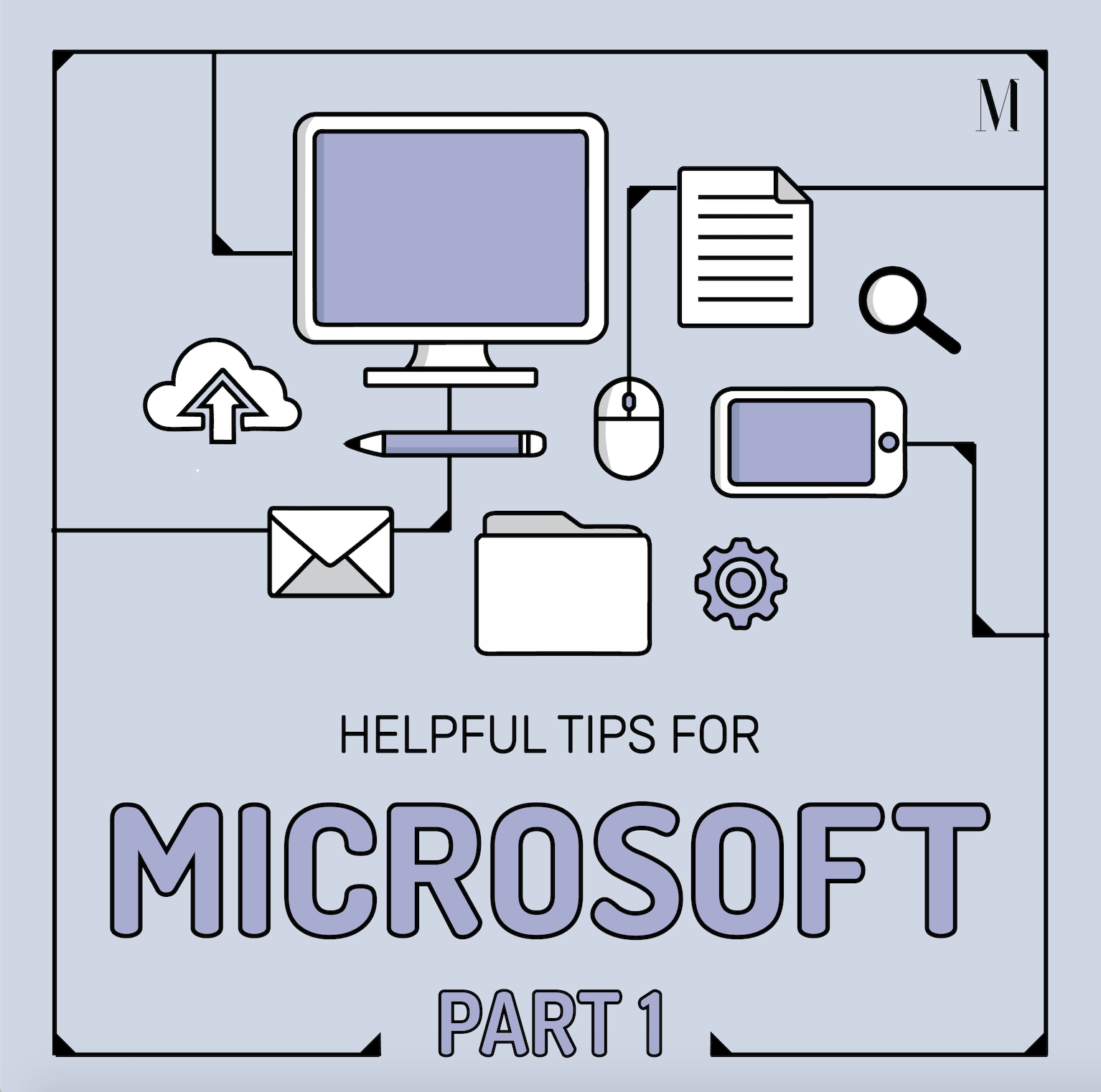
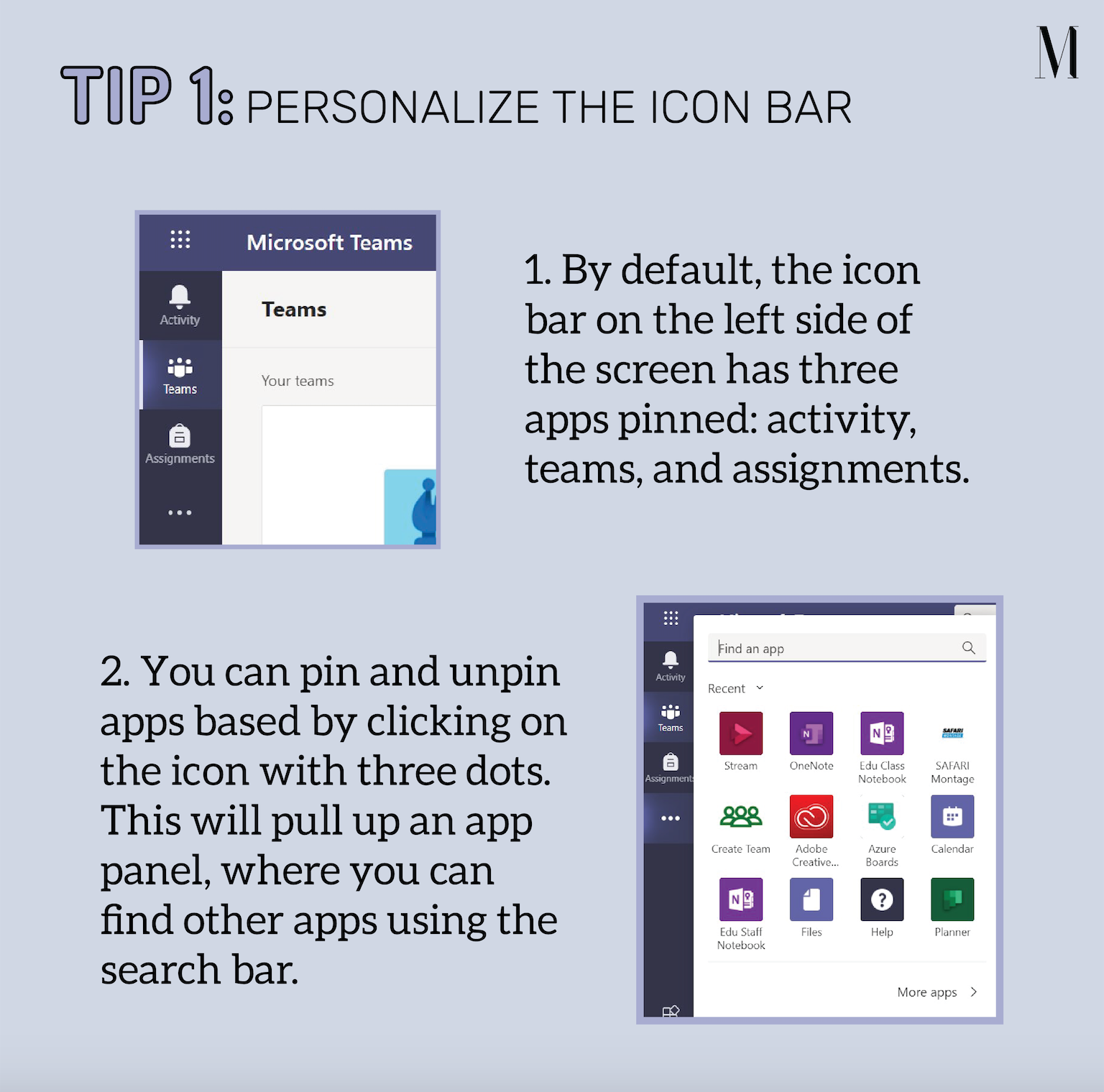
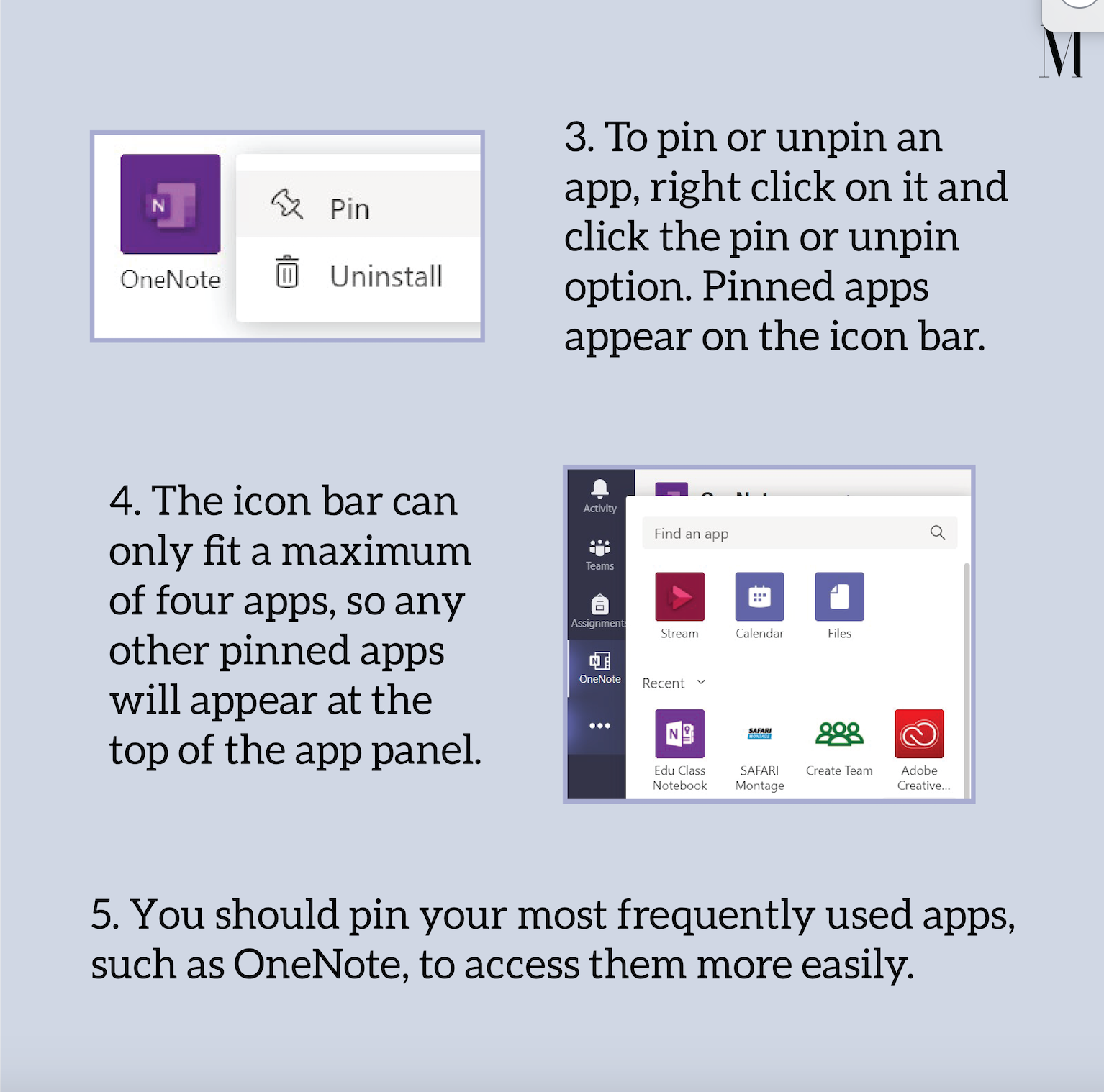
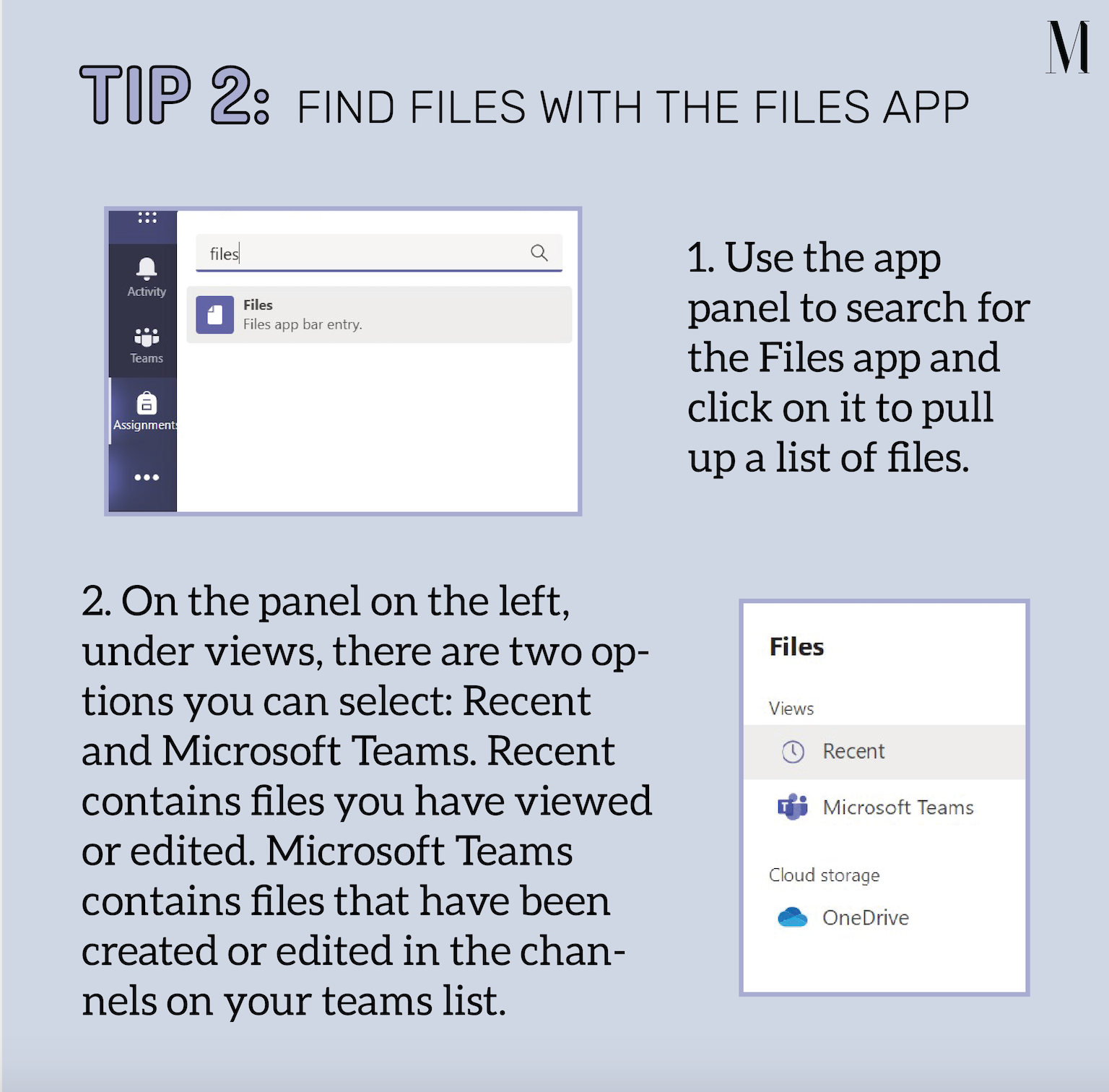
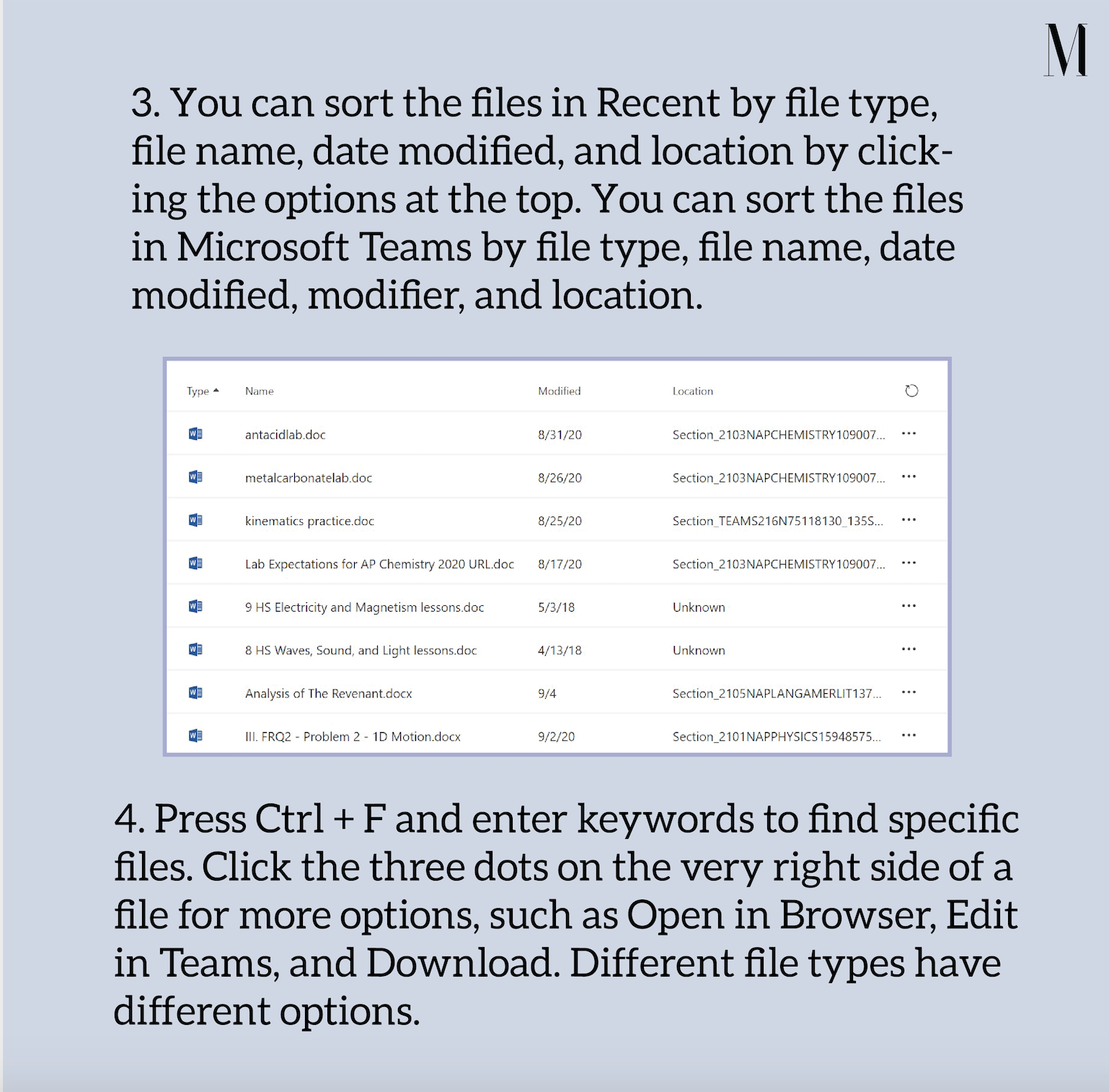
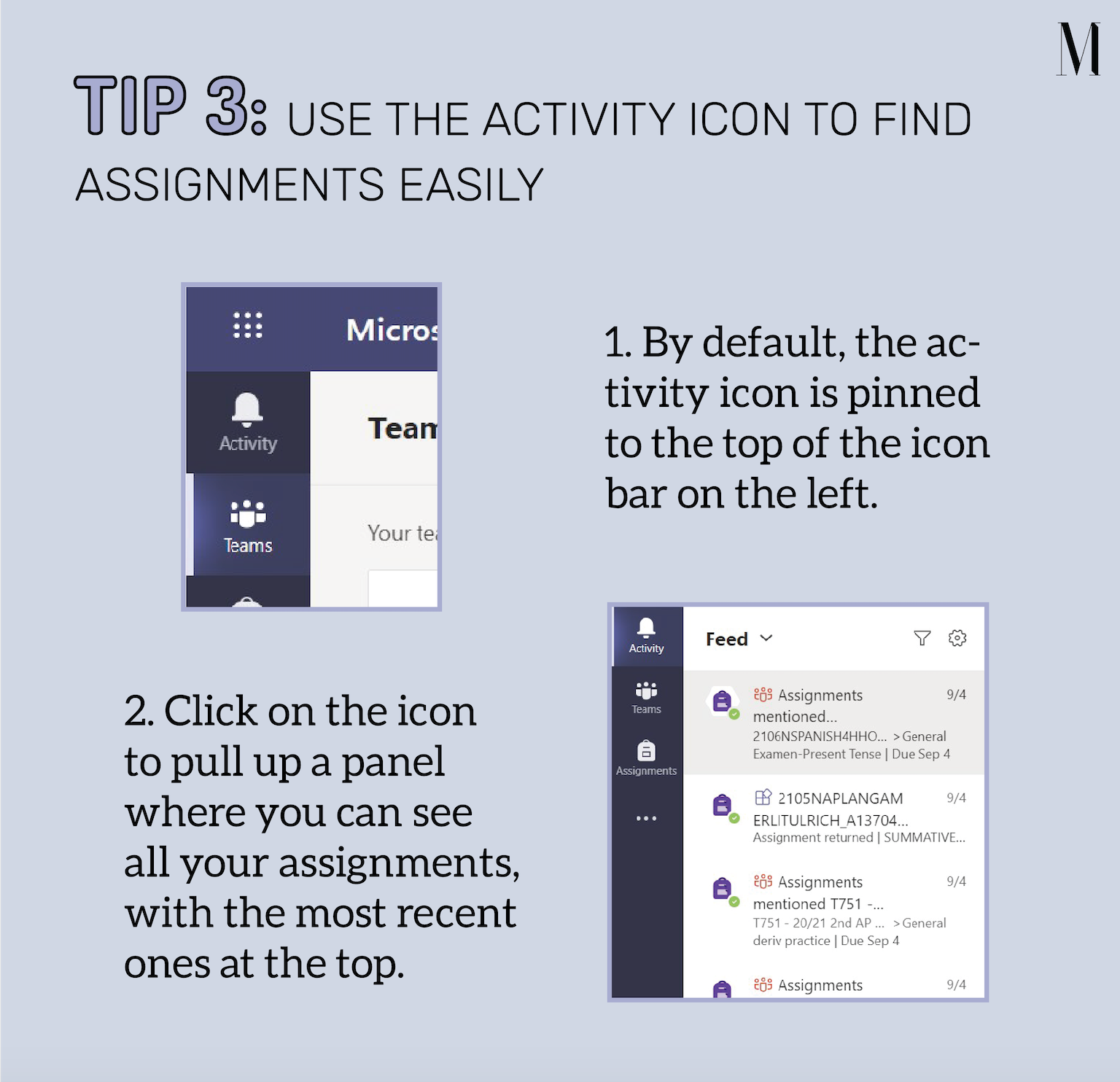
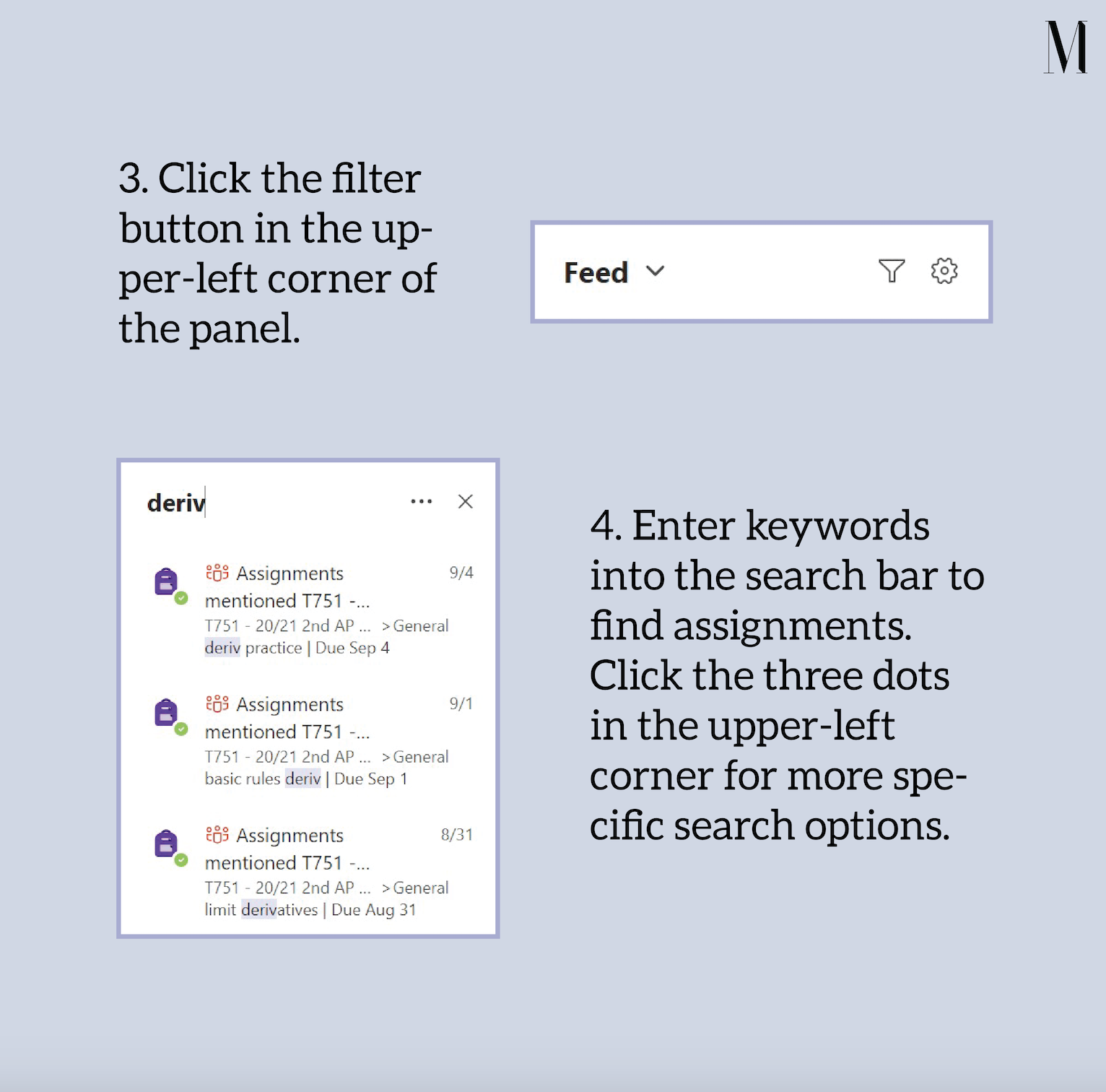
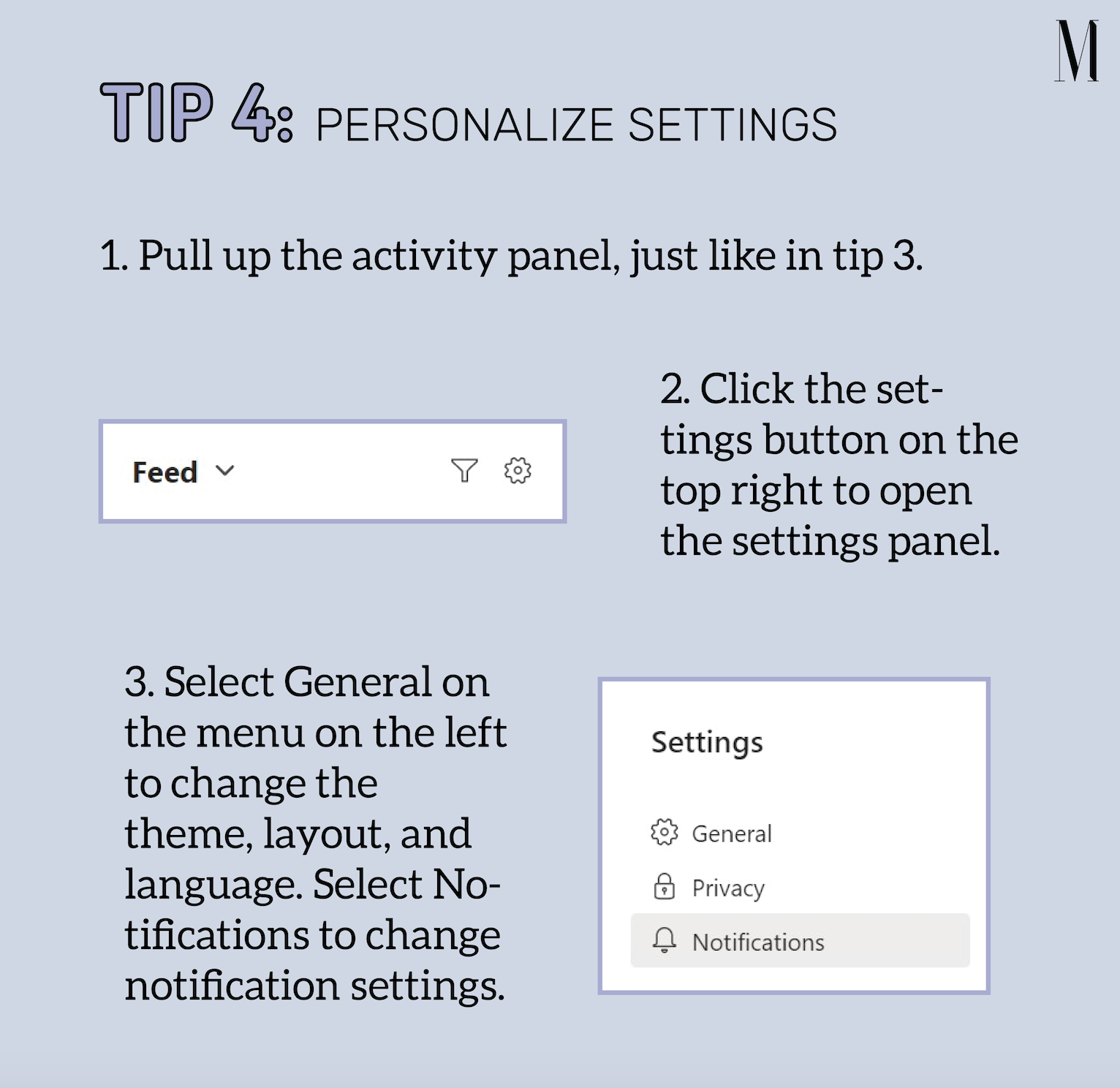
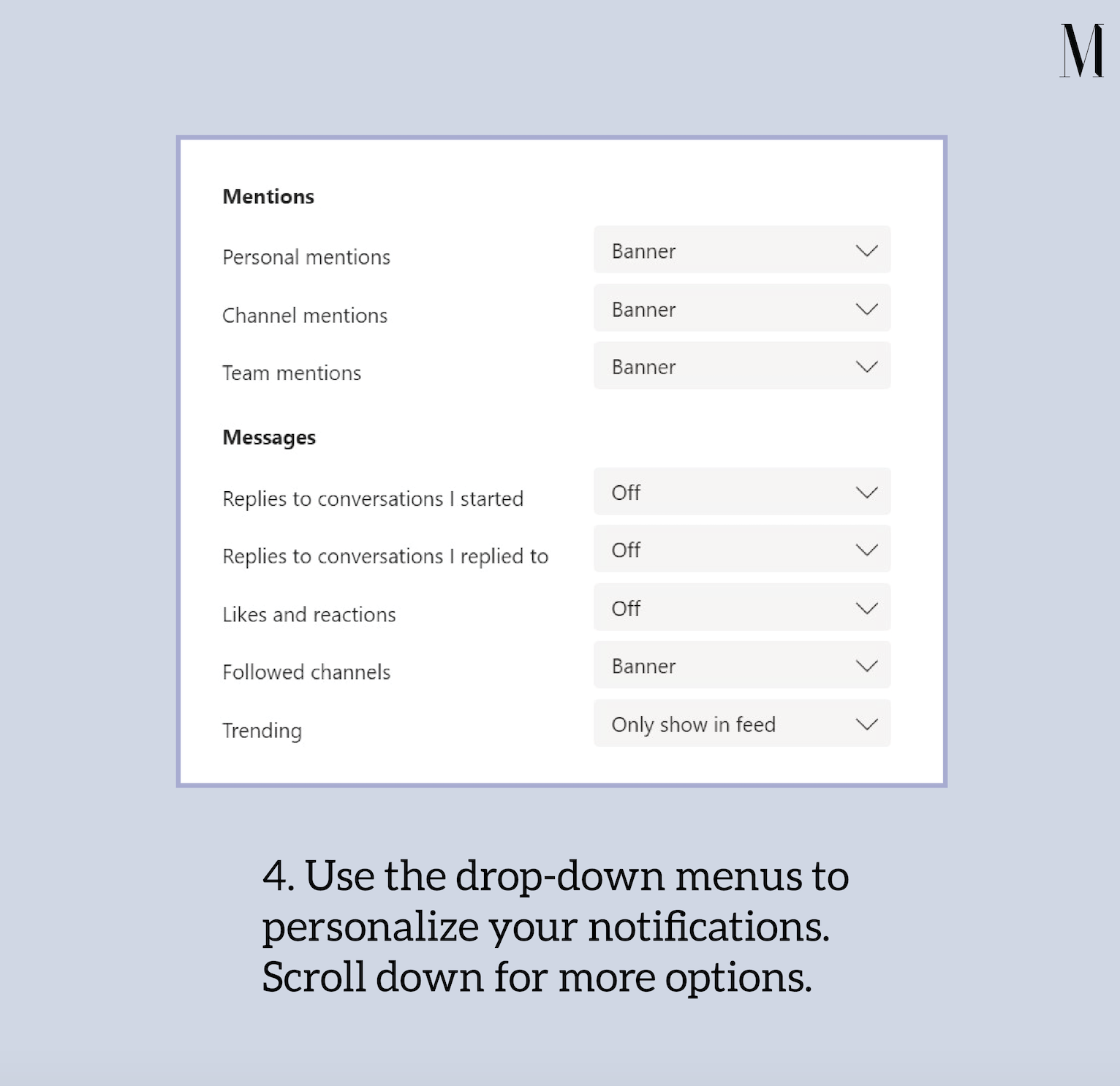
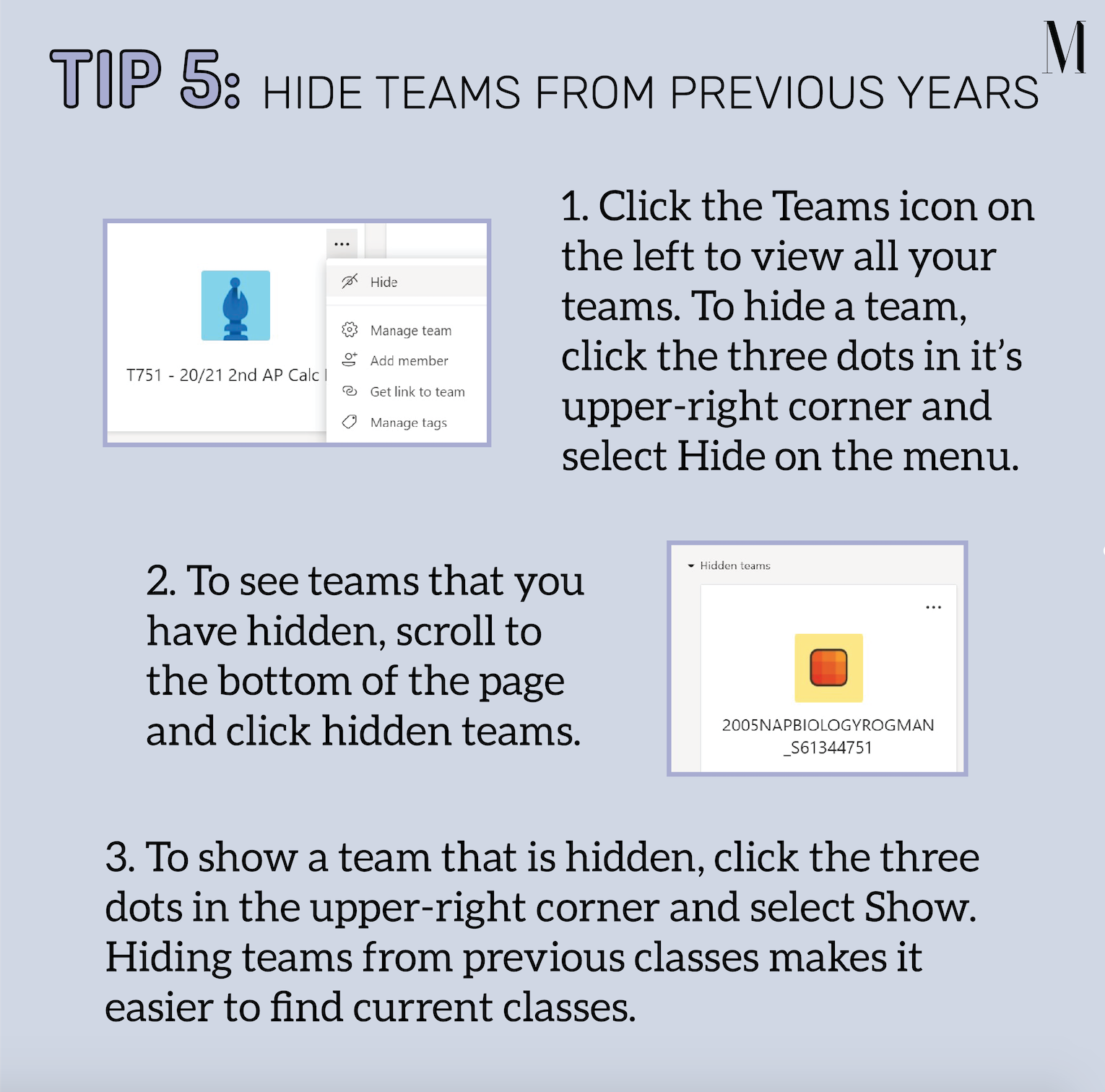
Graphic by Melissa Liu, Managing Print and Design Editor
Ria Dubey, Staff Writer, & Melissa Liu, Managing Print and Design Editor
Because of Fulton County’s switch to Microsoft Teams this year, Northview students, parents, and faculty have had to learn how to navigate Microsoft’s applications and adapt to remote learning at the same time, in just a few days. The county superintendent, Mike Looney, made the decision to switch all schools to Microsoft due to the confusion last spring when schools were using several different platforms, with about 45 using Google and most others using Microsoft. This decision also meant Fulton County was able to put all its resources into improving a single platform for remote learning.
“What became evident in the spring was that our kids were having to access so many different platforms,” Principal Brian Downey said. “It just became overwhelming for some kids and overwhelming for parents, and the district couldn't provide the support for all those different platforms.”
For the past few years, Northview had been using Google as its primary educational platform, and now many teachers and students are struggling with Microsoft because they are unfamiliar with the platform. To make matters worse, they have been experiencing technical difficulties, such as the inability to log in, join video calls, access class notebooks, and turn in assignments.
“It just frustrates me because we're already in an environment where it's a new way of learning from home and to have technical issues compound that is not ideal,” Janice Nam, Northview senior and Student Council President, said.
She believes students and staff would be experiencing fewer glitches if Northview used Google but acknowledges that Looney is working hard to help students have the best learning experience possible while also keeping them safe.
“He is very responsive, and he's trying his best, and I really appreciate that, especially with how schools reopened in the neighboring counties,” Nam said. “In my opinion that's not safe. I think that Looney did a good job in planning how we return to school, so I really respect him for that.”
To help Fulton County create a better learning environment, Nam is compiling a list of technical problems students and teachers have experienced. She plans to present the list during a Student Superintendent Advisory meeting, which she may have the opportunity to attend as Northview’s Student Council President, to inform Looney of the challenges of remote learning from the perspective of students and teachers. Nam hopes the list will prevent future students from facing unnecessary difficulties like those she is experiencing now.
“I just want them to understand so that they can help solve the issue because their job is to create an environment where we're learning and where we can become successful,” she said. “I just want to help them with that mission.”
Nam emphasizes that she is making the list to help Looney improve the county’s remote learning system, not advocate a sudden switch to Google in the middle of the school year or attack Looney’s decisions.
The decision to switch to Microsoft has impacted everyone in the education sector, but teachers especially. According to Ashley Ulrich, a language arts teacher at Northview, she and many of her colleagues were already used to Google, and the sudden change has made the transition to remote instruction even harder.
“I was very comfortable with the Drive and the different tools that we had available for kids to work on,” Ulrich said. “Google Classroom felt like my second home, so switching to Microsoft products has been very difficult.”
However, she acknowledges that using Microsoft has some advantages, as it often allows users to complete a single action in several different ways, which can make things easier to figure out. She and the other teachers also received training to help them adjust faster, including help from a Microsoft technician.
“There's just a lot at one time,” Ulrich said. “So that made it sometimes hard but [the technician] was really great as a liaison being willing to try to continue to ask and answer questions.”
There were several issues to sort through, and teachers had to work together to figure out the most effective ways to get the information to the students. For instance, in the foreign language department, teachers are having trouble using breakout rooms to simulate small groups. As Northview’s media specialist, Darryl Paul has also had to deal with many such difficulties, most of which involve small glitches on individual accounts.
“I would say that first week, I averaged 40 to 50 emails and phone calls a day,” He said. “But now we're down to somewhere between 15 to 20, and when you think about it, we’ve got 1,800 students. That’s not a huge percentage.”
Paul attributes these issues to the fact that Microsoft Teams was only just adapted for educational use. Until recently, Teams was made mostly for businesses. However, since COVID-19, Microsoft has made many developments in bringing Teams on to the educational side of things. This does have its downsides though, and it makes using the program harder to use and can complicate things to some.
“Teams is having more problems than we ever saw with Google, but it's also younger than Google as a platform in itself,” Paul said. “Even from last August to now, Teams has moved leaps and bounds.”
Andrea Tseng-Rioux, Fulton County’s Microsoft learning consultant, corroborates Paul’s assessment of Microsoft’s features and progress. She believes that the platform is a full solution to Fulton’s needs during remote learning because it allows students to take notes and collaborate through OneNote and video calls and enables teachers to share their screens, use polls, create assignments, and monitor progress to enhance students’ learning experiences.
“It's not a single product that achieves a single outcome,” Tseng-Rioux said. “All of those pieces [are] something that Microsoft is continually working with, and that is one major reason why Fulton chose to go all-in with Microsoft this year.”
Tseng-Rioux, who helps teachers effectively utilize Microsoft’s features to make their classes more informative and engaging, believes that while it was difficult for teachers and students to adapt at the beginning, Fulton has had an overall successful start using Microsoft for all instruction. Emily Bell, Chief Information Officer for the superintendent’s office, concurs.
“[Microsoft is] industry best when it comes to security and networking,” Bell said. “Leveraging this license and what Microsoft has done in the K-12 sector, we have really been able to provide our teachers, our staff, our students, a world-class virtual collaboration and productivity experience.”
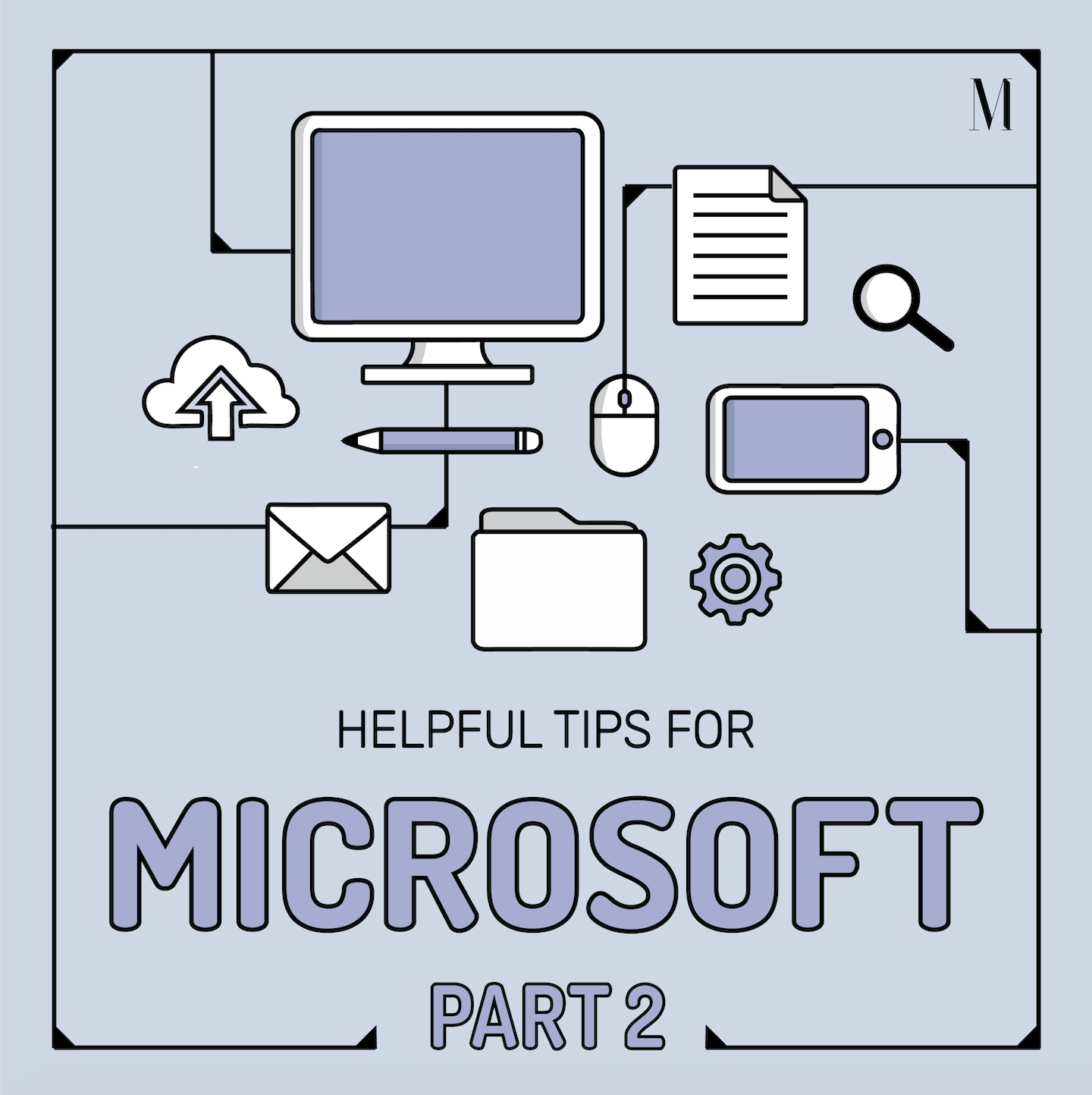
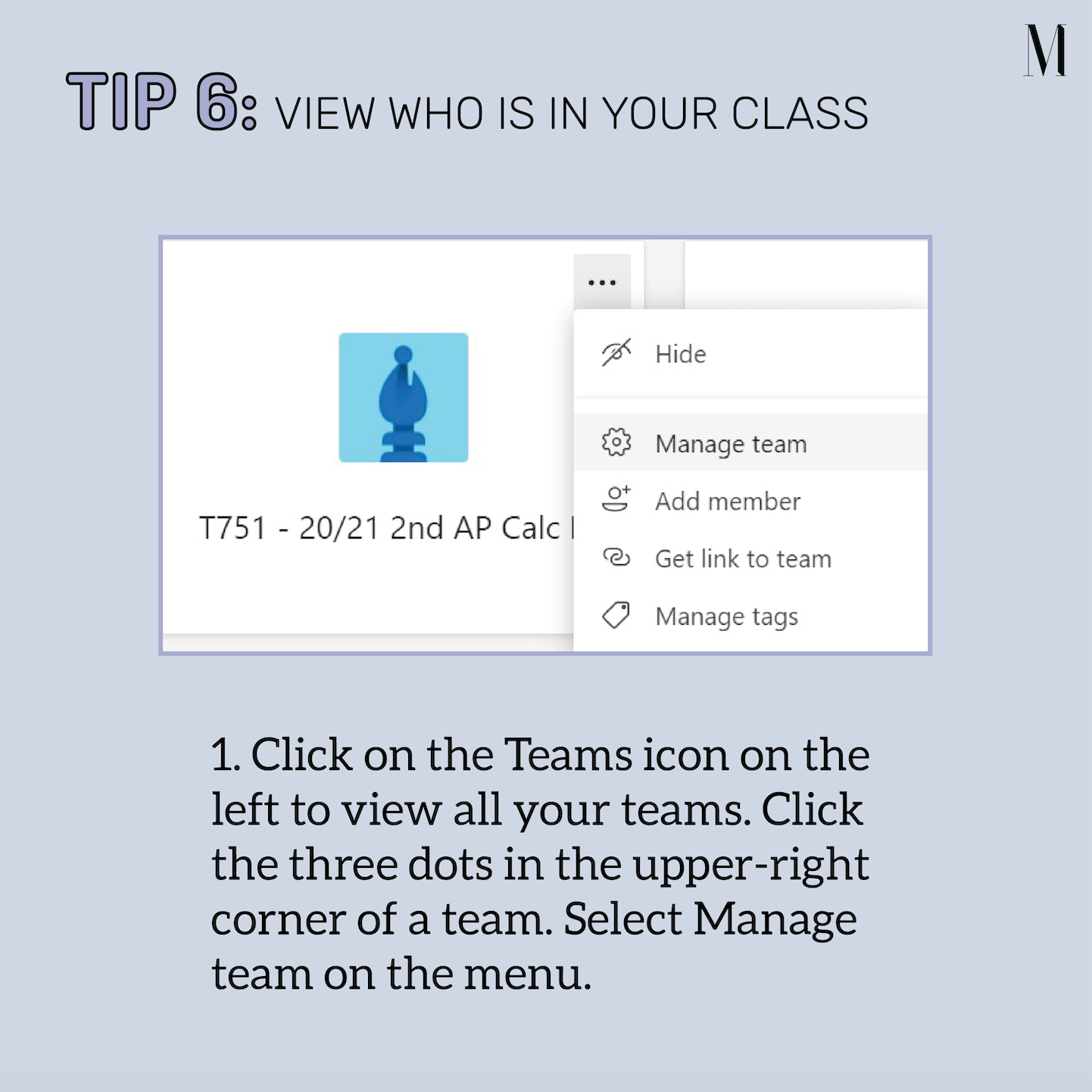
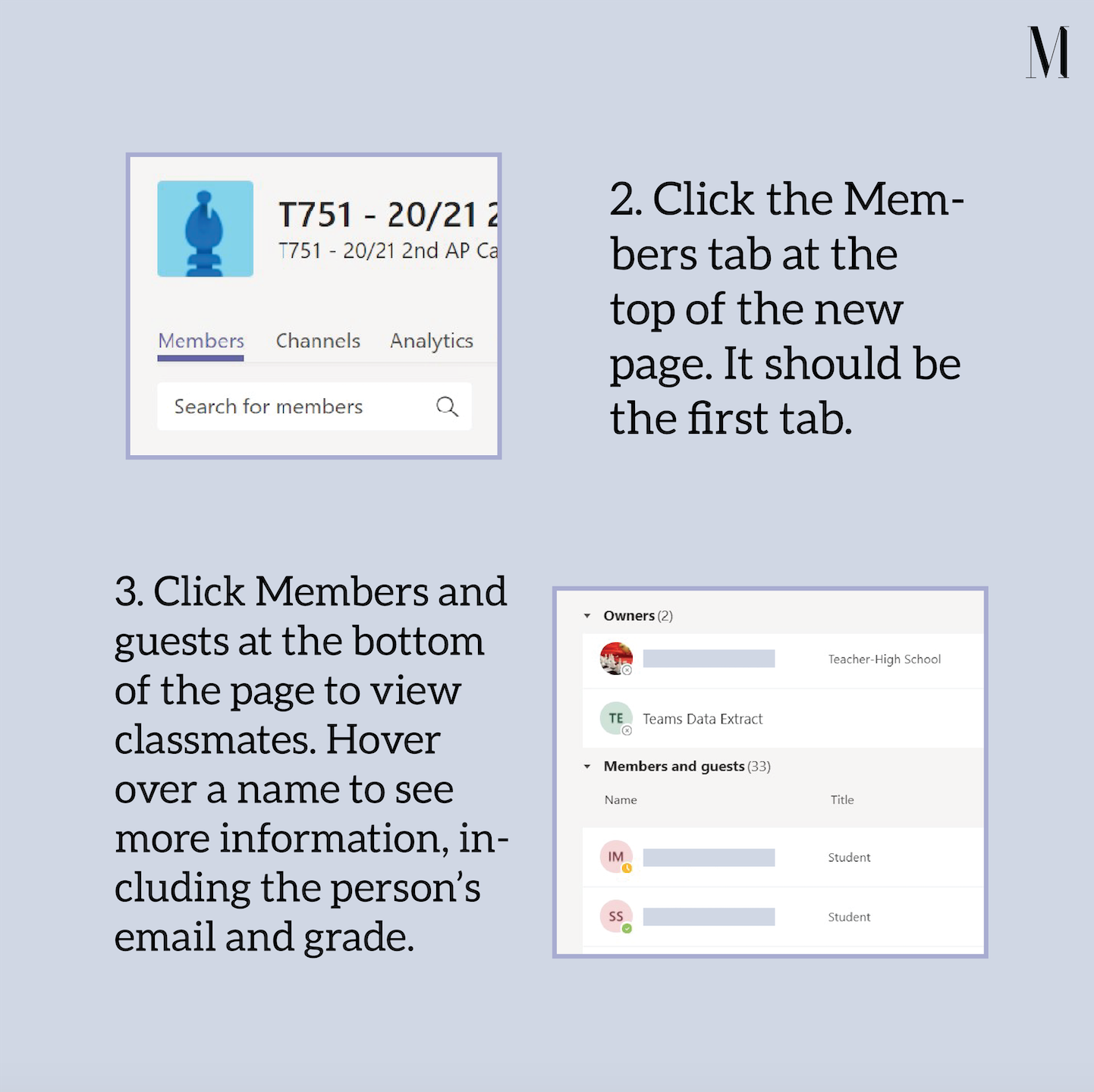
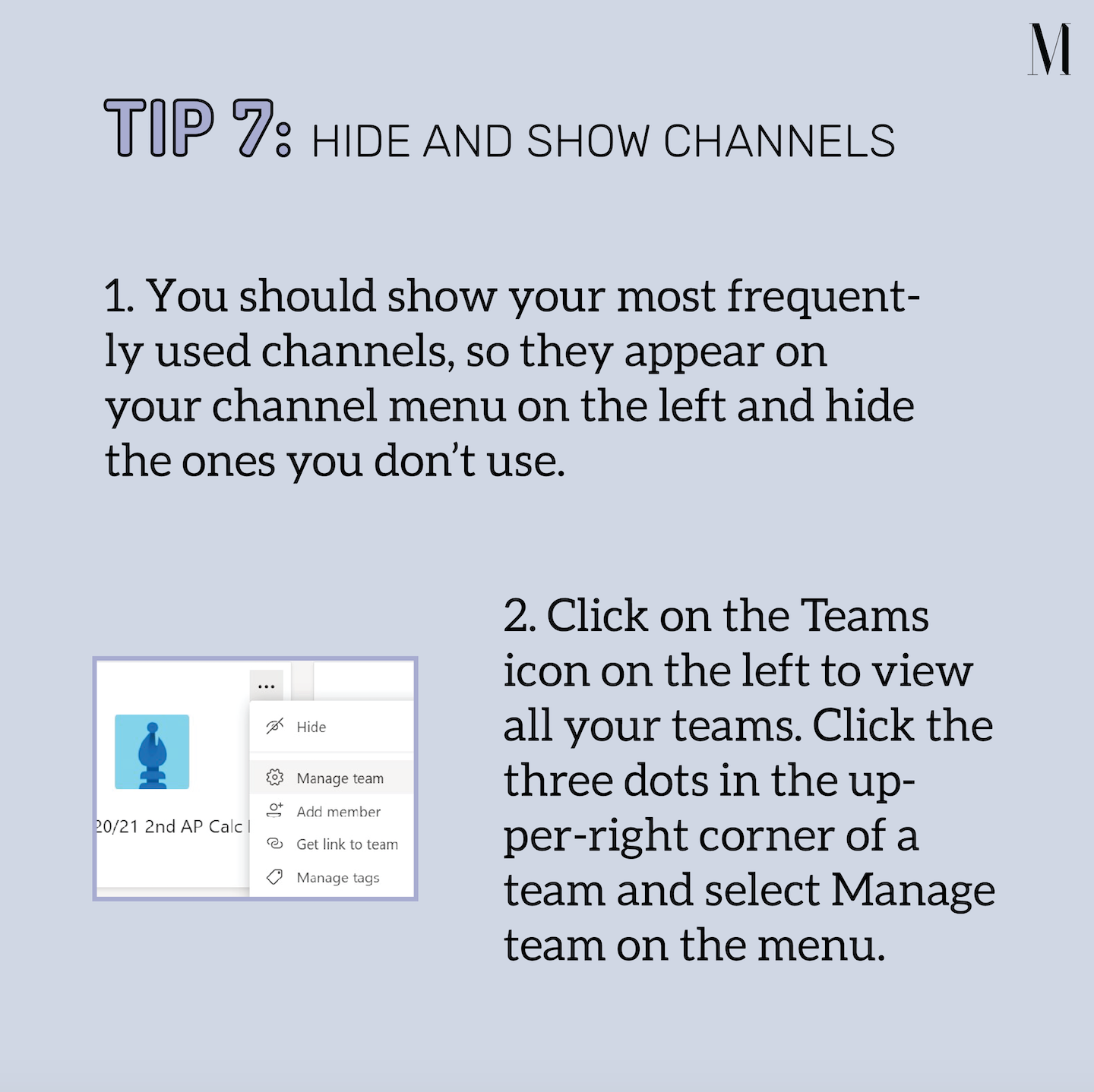
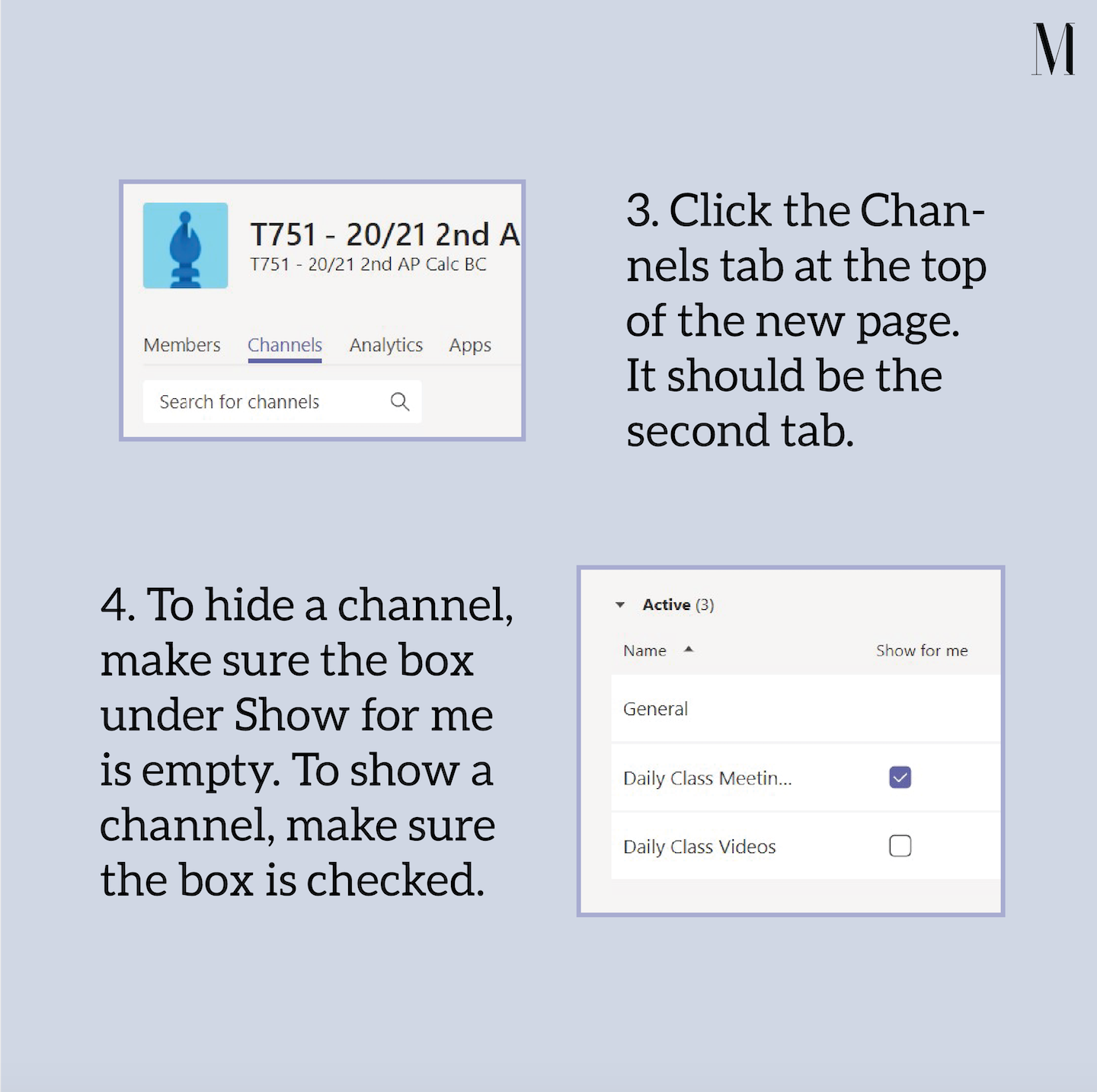
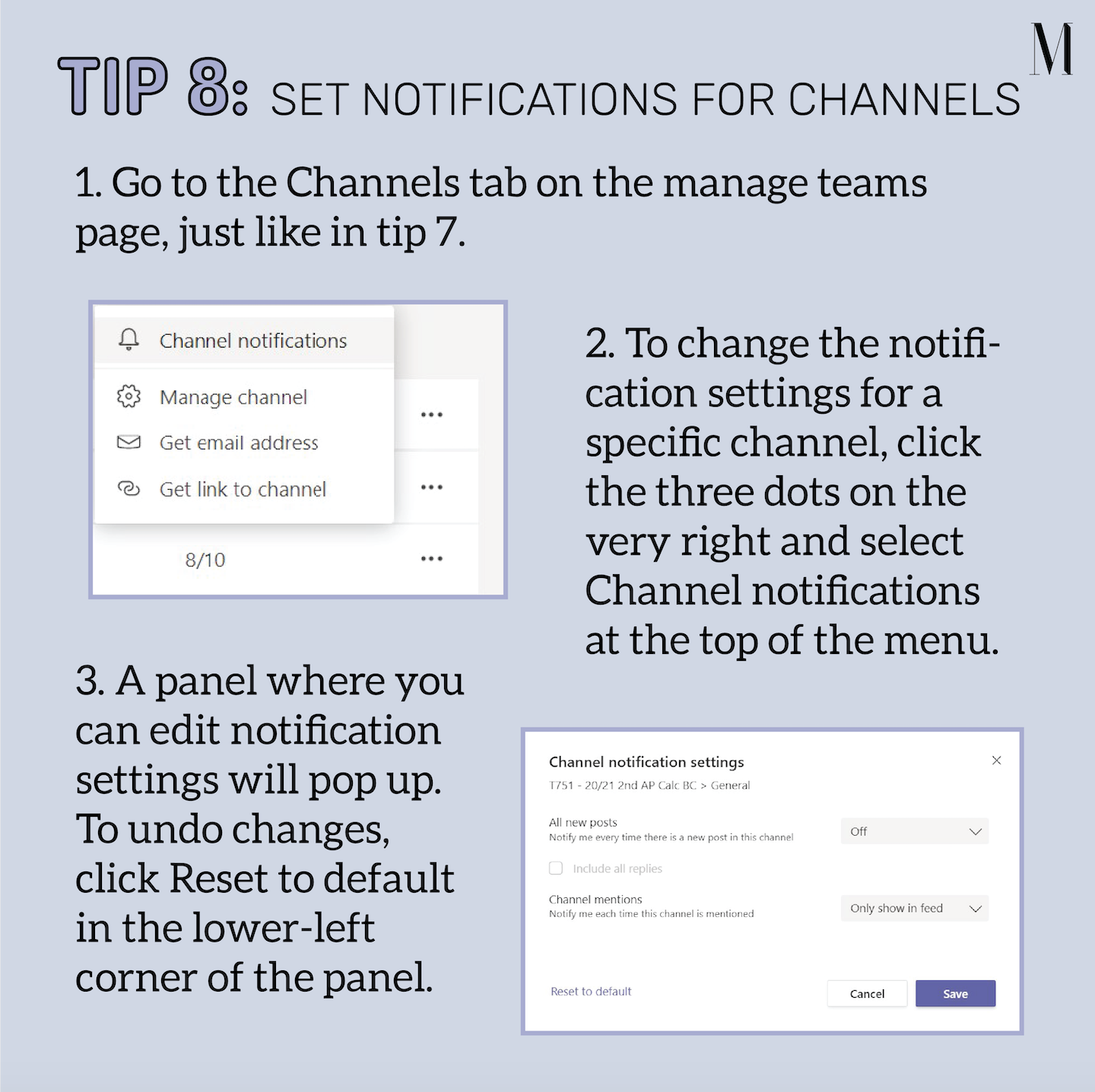

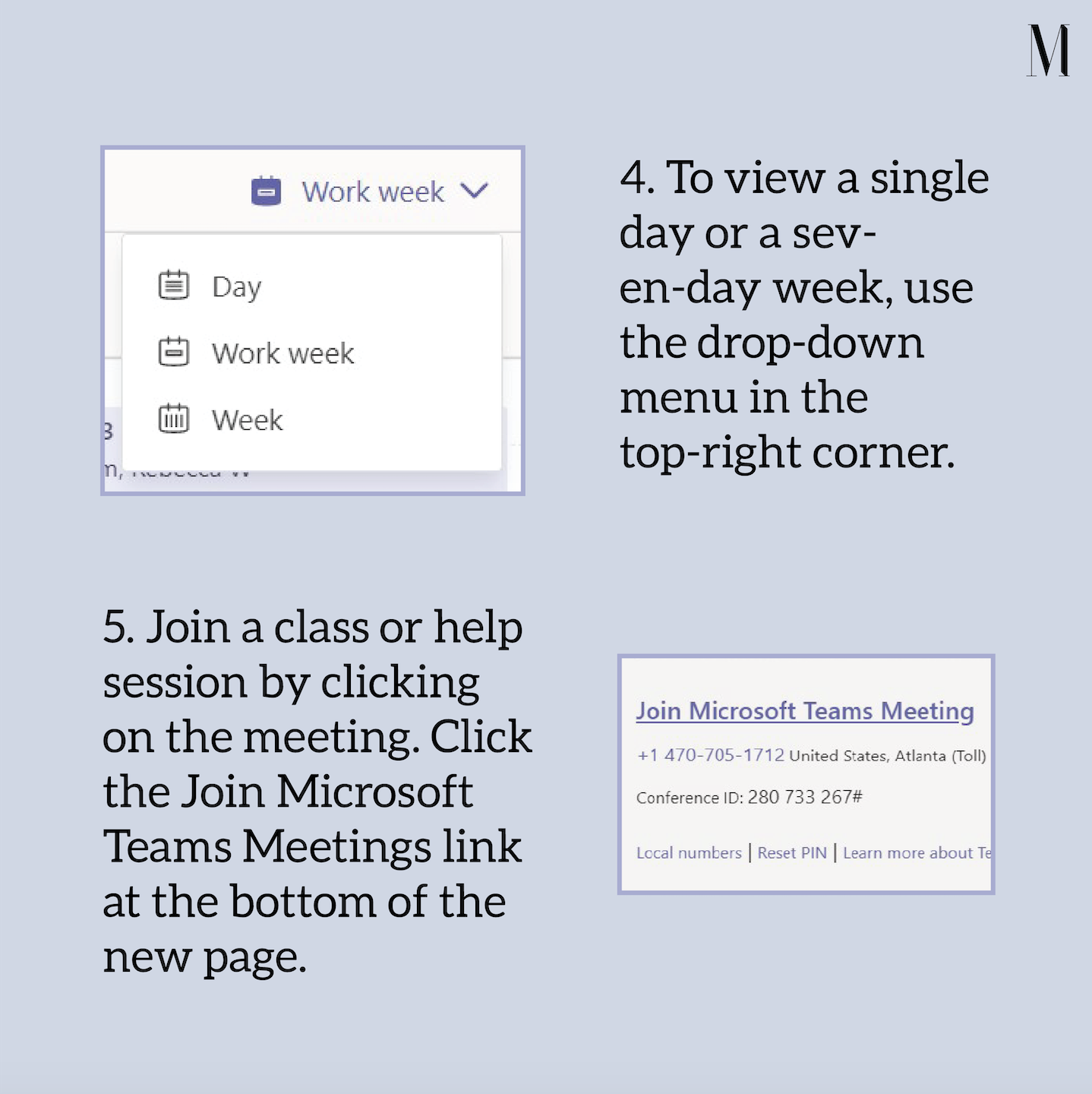
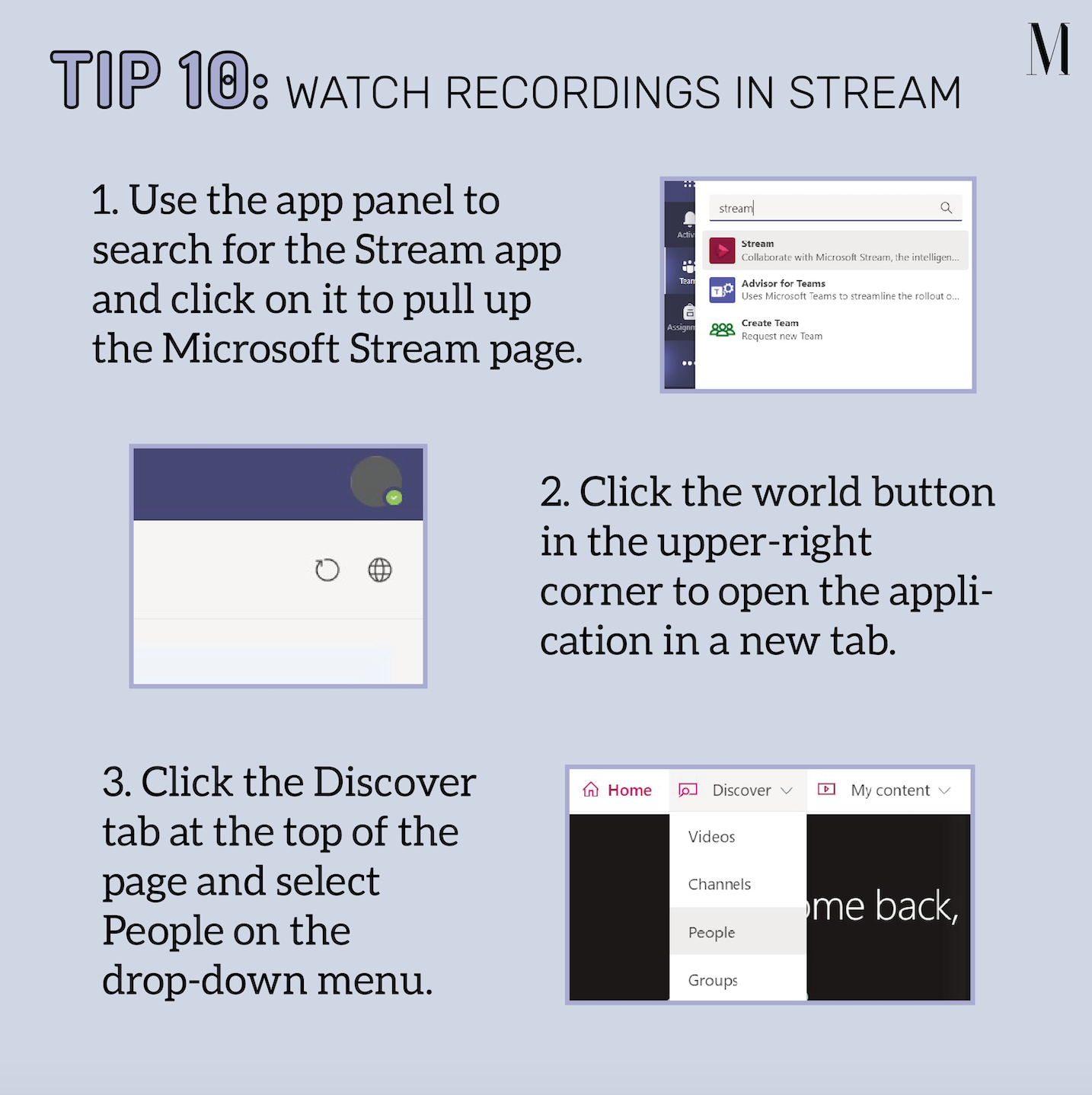
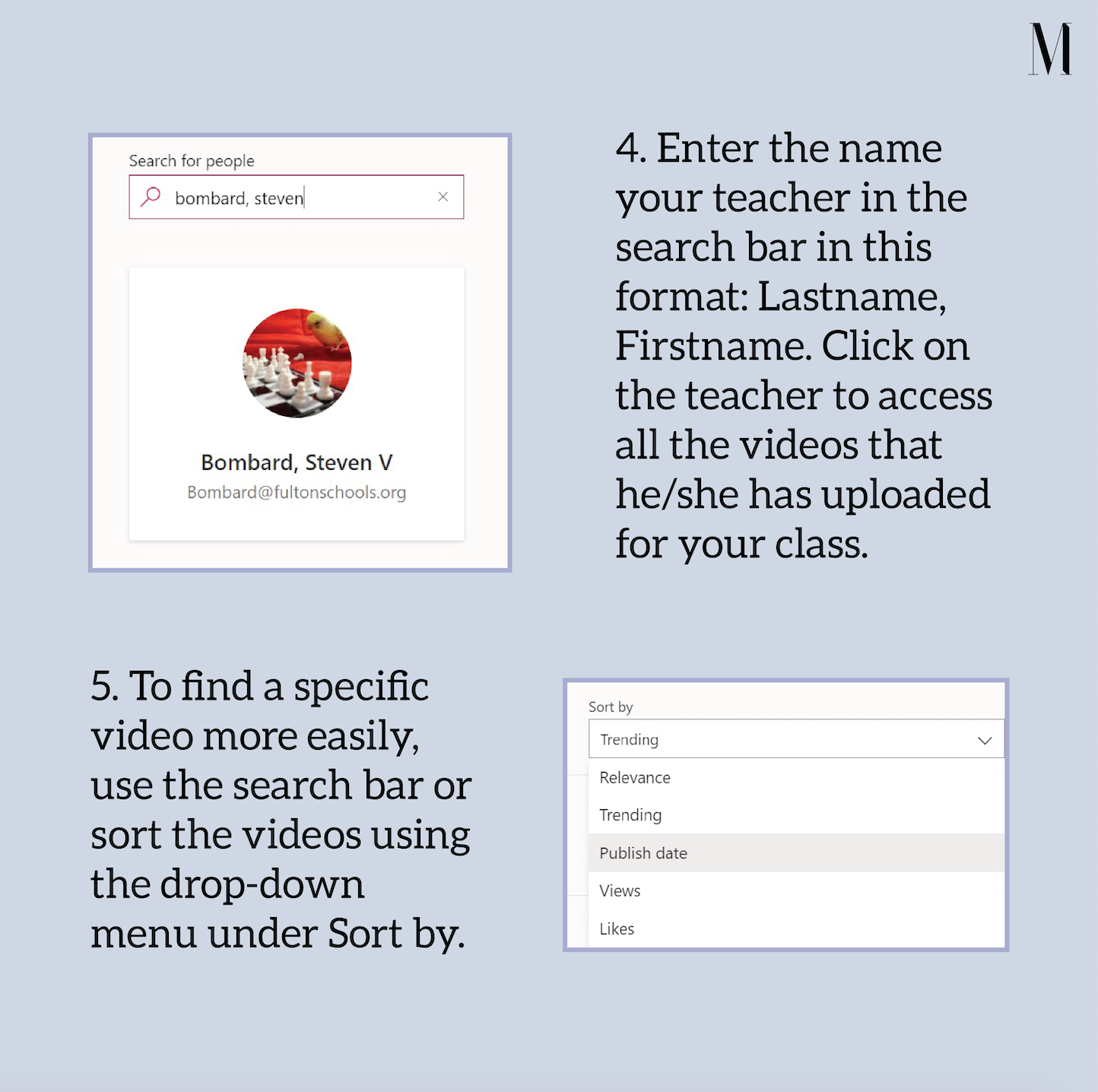
Graphic by Melissa Liu, Managing Print and Design Editor
Downey’s experience is proof of Bell’s statement. He was rarely able to interact with other administrators prior to remote learning but is now having frequent meetings and conversations with them, allowing them to work together to develop and successfully execute plans to tackle problems, such as the COVID-19 situation.
“It has allowed me to collaborate with other principals, much more than I ever had when we were face to face,” Downey said. “Teams has allowed me to access my peers like I have not accessed them before.”
He and Bell both agree the decision to use Microsoft as a long-term educational platform was a smart one, as the platform is constantly improving and holds great potential for the future. As Microsoft continues to progress, it will become more convenient to continue teaching and learning from home during inclement weather, and when students or teachers are sick. Based on Microsoft’s recent performance, Bell predicts that Fulton County will purchase other Microsoft software that can be utilized in conjunction with Teams to further improve remote learning capabilities.
“We want to try to help families improve their overall virtual experience, and that's what we hope we're doing by providing this robust collaboration productivity platform that we have in Microsoft,” Bell said. “We want to continuously make this better, and we're hoping to be the best of the best.”

